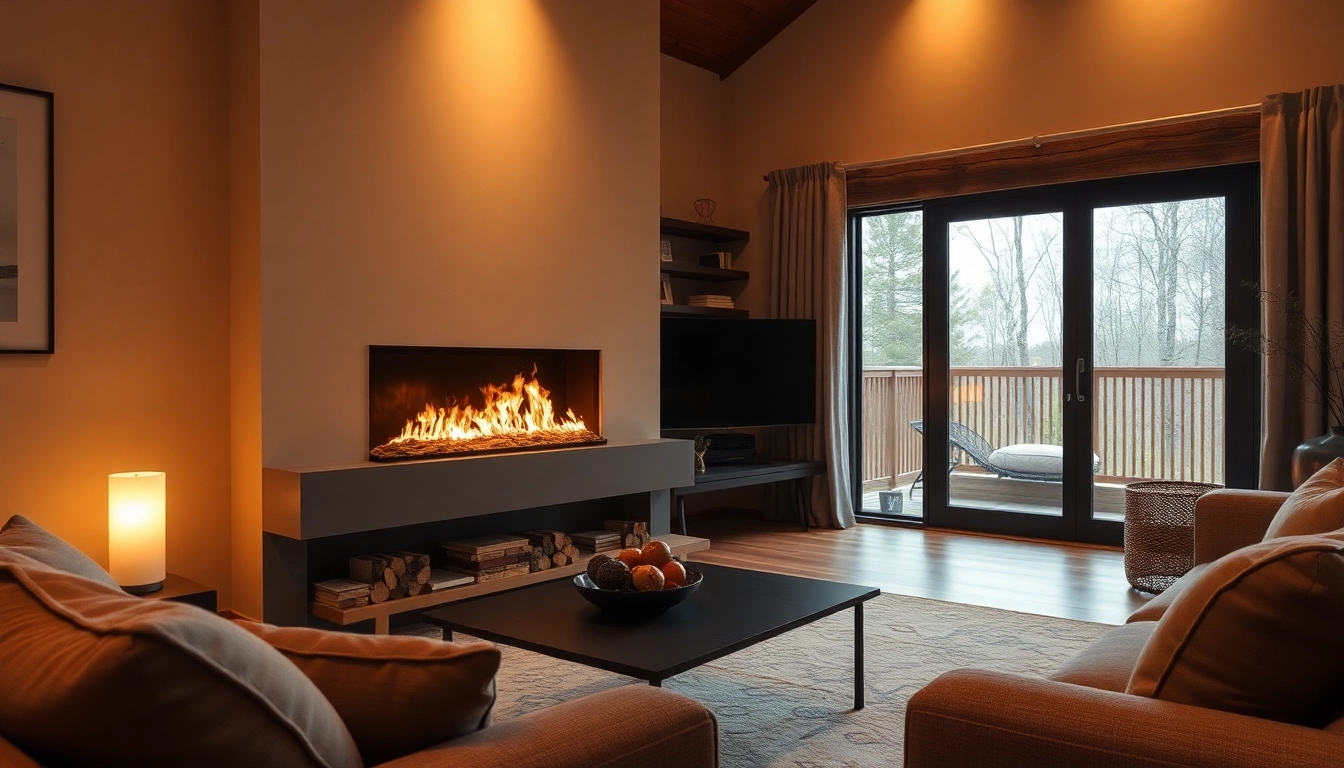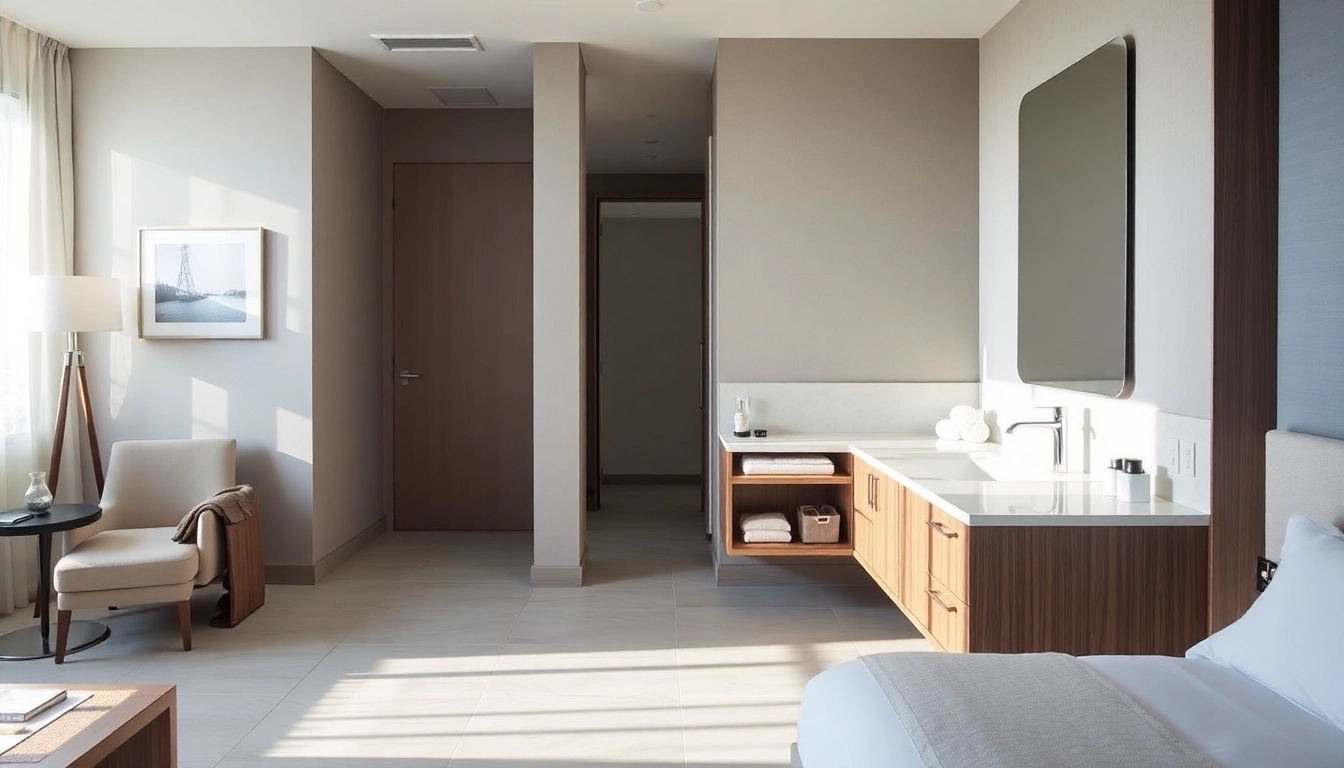Introduction to Water Vapor Fireplaces
In the realm of modern heating solutions, water vapor fireplaces have emerged as an innovative and environmentally friendly alternative to traditional fireplaces. Utilizing advanced technology, these fireplaces create the visual effect of flames while providing a cozy ambiance without the hazards associated with real flames. If you are considering a water vapor fireplace for your home, this guide will delve into various aspects like functionality, benefits, safety features, and how they compare to traditional heating options.
What is a Water Vapor Fireplace?
A water vapor fireplace is an electric fireplace that utilizes ultrasonic technology to mimic the appearance of flames using vapor. Unlike traditional fireplaces, which burn wood or gas to produce heat and fire, water vapor fireplaces create a flame illusion by emitting fine mist into the air, illuminated by LED lights. This technology allows for a realistic yet completely safe flame effect.
How Does a Water Vapor Fireplace Work?
The operation of a water vapor fireplace involves a few key elements. When the unit is powered on, an ultrasonic transducer vibrates at high frequencies to transform water from a reservoir into a fine mist. This vapor is dispersed into the air, and when LED lights shine through it, the mist appears to glow, creating a mesmerizing illusion of flickering flames. The fireplace can also produce ambient light and sometimes moisture, adding a subtle humidifying effect to the room.
Benefits of Choosing Water Vapor Fireplaces
- Safety: Since there are no actual flames, these fireplaces eliminate the risk of fire hazards, making them ideal for homes with children and pets.
- Environmentally Friendly: Water vapor fireplaces do not emit harmful pollutants or carbon monoxide, contributing positively to indoor air quality.
- Low Maintenance: Without the need for fuel combustion, there are fewer residues to clean, and maintenance typically involves only regular water changes in the reservoir.
- Energy Efficient: Many models consume less energy compared to traditional burning fireplaces, reducing utility bills.
- Versatility: These fireplaces can be installed in various locations, including homes and commercial settings, without the need for ventilation systems.
Safety Features of Water Vapor Fireplaces
Flame-Free Design
One of the standout features of water vapor fireplaces is their flame-free design. As mentioned earlier, the captivating fire effect is achieved with vapor rather than actual combustion. This characteristic significantly reduces the risk of accidental fires, making it a safe option for any living space.
Cool-to-the-Touch Technology
Most water vapor fireplaces incorporate cool-to-the-touch technology, allowing for a safe interaction even when the unit is in operation. This feature makes them particularly suitable for family environments where children or pets might inadvertently come into contact with the fireplace.
Environmental Considerations
Water vapor fireplaces do not generate harmful emissions. As a result, they provide a clean and fresh indoor air environment. The lack of smoke or soot means there are no fumes that can irritate the lungs or exacerbate allergies and asthma. Moreover, since these fireplaces use water as part of their operation, they can help to maintain humidity levels in dry indoor climates, adding further comfort to living spaces.
Installation and Maintenance Tips
Choosing the Right Location
When installing a water vapor fireplace, consideration should be given to its location. Here are some tips for selecting the best spot:
- Accessibility: Ensure the fireplace is easily accessible for maintenance and refilling the water tank.
- Power Source: Position the fireplace near a reliable electrical outlet to avoid the use of extension cords.
- Visual Impact: Consider how the fireplace will integrate with your home’s decor. A focal point like a living room or dining room can enhance the aesthetic appeal of your space.
Maintenance Best Practices
To keep your water vapor fireplace functioning optimally, regular maintenance is recommended:
- Water Replacement: Change the water in the reservoir every few days to maintain clear and efficient misting.
- Cleaning: Clean the ultrasonic transducer and any accessible parts with a soft cloth to prevent mineral buildup as a result of hard water.
- Check Filters: If your model includes filters, replace or clean them according to the manufacturer’s instructions.
Common Issues and Solutions
Water vapor fireplaces can sometimes experience issues. Here are common problems and potential solutions:
- Insufficient Mist Production: Ensure there is enough water in the reservoir and that the transducer is clean.
- Power Issues: Check that the fireplace is plugged in and that the power outlet is functional.
- Lighting Malfunctions: If the LED lights are flickering or not working, inspect for loose connections or replace bulbs as needed.
Comparing Water Vapor Fireplaces to Traditional Fireplaces
Heat Output and Functionality
Traditional fireplaces generate heat through the combustion of wood or gas, providing significant warmth in colder months. In contrast, water vapor fireplaces primarily focus on aesthetic appeal and ambiance rather than heat output. While some models come with built-in heaters, they tend to produce less heat than conventional heating methods.
Aesthetics and Home Design Integration
The visual allure of water vapor fireplaces is one of their major selling points. The realistic flame-like effect can create a mesmerizing focal point in any room. Unlike traditional fireplaces, which can often dominate a space, water vapor fireplaces are available in various designs and sizes, allowing for seamless integration into modern decor themes.
Cost Analysis: Installation and Operation
From an economic perspective, water vapor fireplaces generally require lower installation costs than traditional fireplaces, which often necessitate a flue or chimney system. Operatively, water vapor units are energy efficient and have minimal ongoing maintenance costs, given their low power consumption and lack of fuel requirements. However, potential buyers should consider the purchase price of the unit itself, which can vary based on model and features.
Conclusion: Why Choose a Water Vapor Fireplace?
Perfect for Modern Homes
Water vapor fireplaces provide a contemporary solution for those seeking to enhance their living spaces with both functionality and aesthetics. Their unique design fosters a modern flair, differentiating them from conventional fireplaces while still delivering the comforting ambiance of flickering flames.
A Safe Source of Ambiance
One of the strongest appeals of a water vapor fireplace is the safety it offers. The combination of flame-free operation, cool-to-the-touch exteriors, and environmentally friendly features culminate in a fireplace that is appropriate for any household, including those with children and pets.
Making the Right Investment
Investing in a water vapor fireplace not only enhances the beauty and comfort of your home but also allows you to enjoy the warmth of a fire-like ambiance without the associated risks and environmental impacts of traditional fireplaces. As you prioritize safety, eco-friendliness, and modern aesthetics, a water vapor fireplace stands out as an excellent choice for contemporary living.


